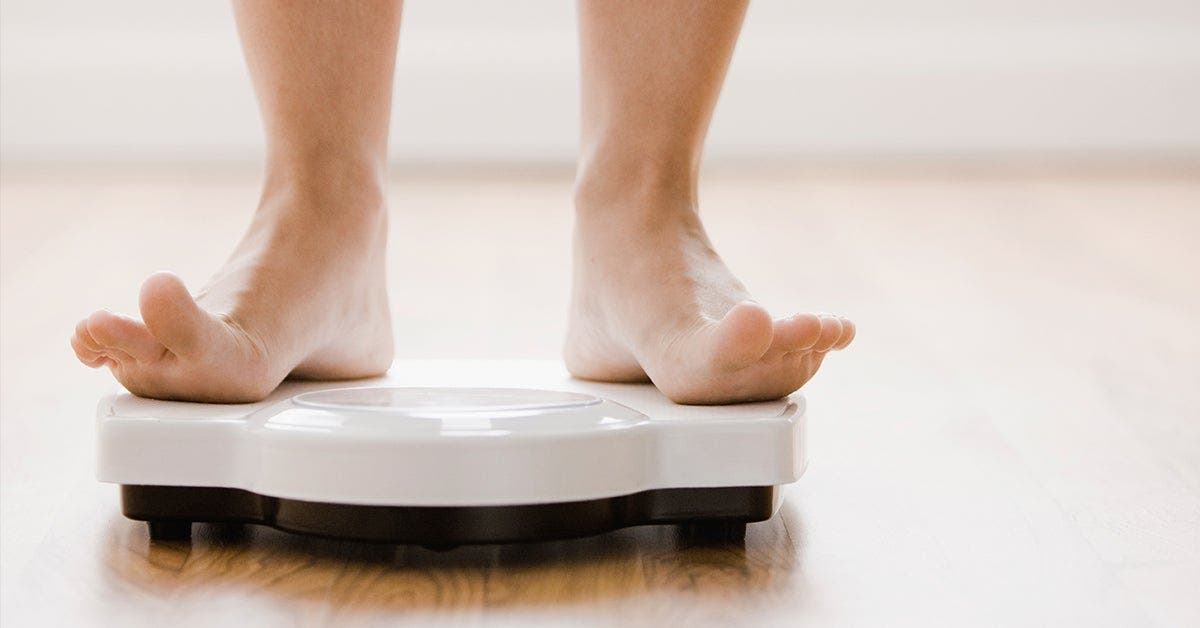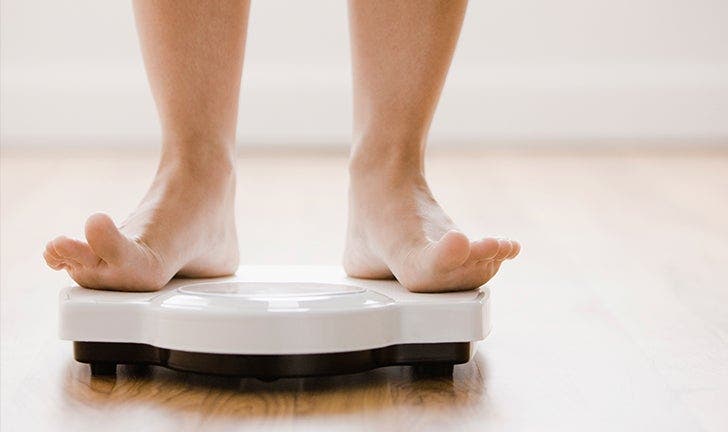How to get past a weight-loss plateau


For most people, the road to losing weight and keeping it off doesn’t go in a straight line or result in a perfectly steady pace. It’s normal to have weeks that feel like major wins and other weeks where progress seems to stall. Still, you might feel discouraged if your weight hasn’t budged in a while—especially if you’ve been sticking to the eating and activity habits that helped you drop pounds in the first place.
Here’s a closer look at why weight-loss plateaus happen, along with some healthy strategies for moving past them and continuing to work toward your goals.
How do I know if I’ve hit a weight-loss plateau?
There’s no strict scientific definition for a weight-loss plateau. The term usually refers to a stage when a person following a weight-loss plan loses very little or no weight at all for a few weeks in a row. Some people may even gain back a bit of weight during that time. The main thing to understand is that weight-loss plateaus are a normal part of the journey—and that it’s possible to get past them.
Why do weight-loss plateaus happen?
Several factors can cause a weight-loss plateau to come about:
- Lower calorie requirement: As your body loses weight, you actually need fewer calories to maintain your size—smaller bodies require less caloric energy for upkeep than larger bodies do. If your eating plan doesn’t adjust as you lose weight, you could reach a point of equilibrium where you end up consuming the same number of calories your body burns each day, bringing on a weight-loss plateau.
- Loss of muscle mass: In addition to your body needing fewer calories as you lose weight, metabolic rate—how quickly the body burns energy at rest—often dips. For some people, this is partly explained by a loss in muscle mass that can occur with weight loss. Muscle tissue burns more energy than fat, which means loss of muscle has a more pronounced metabolic impact.
- Relaxing of dietary habits: As people settle into the groove of a weight-loss plan, some may start to slip a little—having an extra snack here, forgetting to log a second helping there… You get the idea. It’s easy to eat more than you intended—many of us have done it even when telling ourselves we’ve been following a plan closely. This is a common cause of weight-loss plateaus.
- Changes in physical activity: How much we move matters, too, and that doesn’t just mean formal workout sessions at the gym. Routine physical activity—whether you're walking to the post office, hauling grocery bags to the car, or puttering in the garden—also plays a role in weight management. When daily habits shift and physical activity drops off, it’s common for weight loss to slow or stall.
Will a weight-loss plateau go away on its own?
A good weight-loss plan remains flexible as your body changes and your life circumstances shift. Hitting a plateau could mean that you’d benefit from making some simple adjustments. If your weight loss has slowed lately and you want to keep going, here are some tips for staying on track toward your goals:
Keep tabs on intake
People tend to underestimate how much they actually eat, research shows. Measuring portions and tracking what you eat eliminates the guesswork that can lead to weight-loss plateaus. If needed, reset some of the habits you developed in the beginning of your weight-loss plan: Stick to appropriate serving sizes, keep a record of what you’re eating and drinking, and put together a meal plan for the days ahead.
Go big on fruits and veggies
Remember how the body’s daily energy requirement goes down with weight loss? Fresh produce can be helpful for powering through a related plateau. Nonstarchy vegetables such as cauliflower, broccoli, beets, asparagus, and leafy greens are not only low in calories; they deliver fibre to keep you satisfied (not to mention lots of nutrients!). And whether enjoyed whole, blended into a frozen treat, or baked in a four-ingredient pie, fruit can help satisfy a sweet tooth while imparting similar nutritional perks. Hey, there’s a reason most fruits and veggies are ZeroPoint™ foods on WW!
Sneak in more movement
It’s OK if you don’t feel like training for a marathon or logging hours on an elliptical machine right now. Look for doable ways to incorporate more activity into your days and you’ll be that much closer to busting your weight-loss plateau. Simple ideas include taking the family dog for extra-long afternoon walks or doing quick upper-body workouts at your desk. (Bonus: Resistance moves help build muscle as they burn calories, which can help minimize declines in metabolic rate.)
Celebrate all your successes
Remember that your journey isn’t just about a number on the scale. Non-scale victories—such as getting better sleep, achieving a healthier blood sugar level, and having more energy to get through your busy days—are important forms of progress. Celebrate them and keep moving forward!
---
The WW Science Team is composed of scientists specializing in behaviour change, behavioural economics, clinical research, nutrition, and more. Their mission is to discover, define, and advocate for healthy habits that empower people to live their best lives, collaborating with colleagues across WW to undertake, share, and translate research so it is accessible and actionable for all people.
